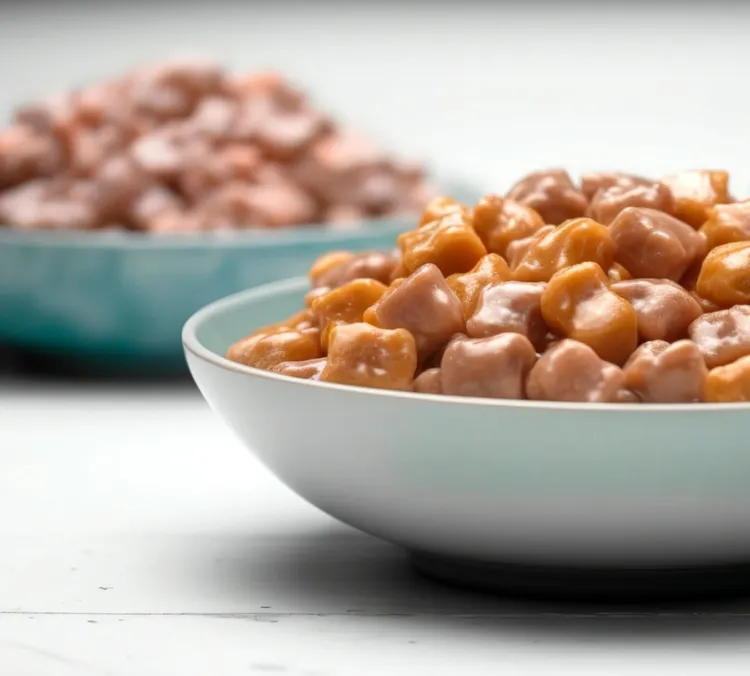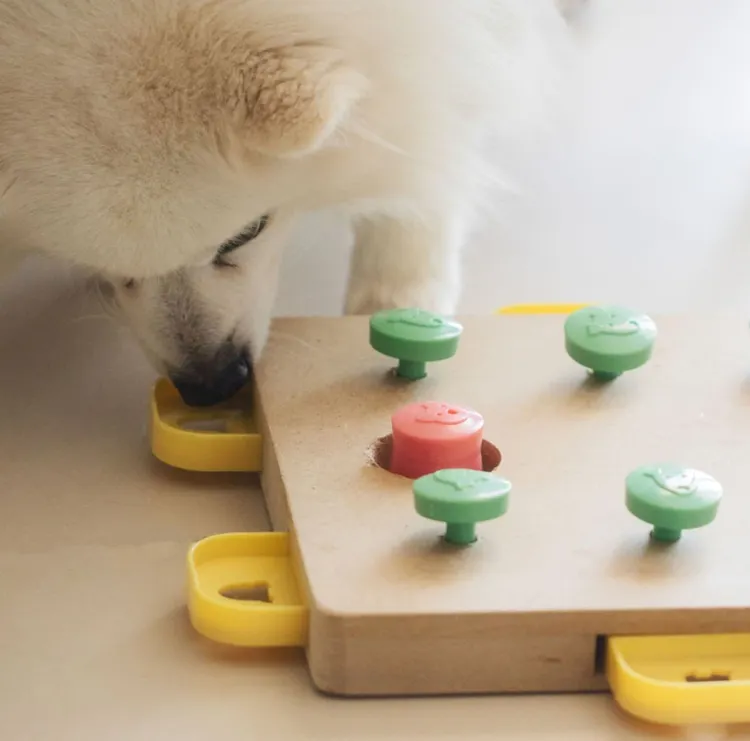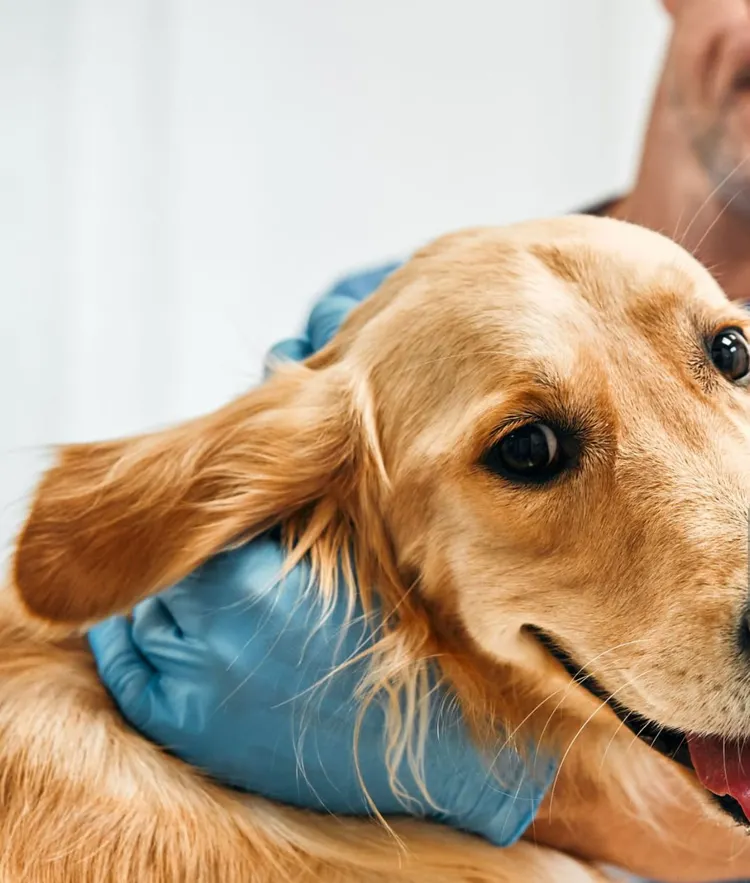Have you recently found yourself caring for a dog without teeth? Whether due to age, dental disease, or surgery, your dog’s toothless state may seem like a major hurdle. While it may take some adjustment, life without teeth doesn’t have to mean a loss of enjoyment. From mealtime to playtime, there are plenty of ways to ensure your toothless dog is comfortable and happy. In this article, we’ll walk you through the challenges these dogs face and offer practical solutions to support their health, nutrition, and mental well-being.
Challenges Dogs Without Teeth May Face
Dogs use their teeth for far more than just eating; they also help with play and self-defense, so losing teeth can impact their daily lives in unexpected ways. Here are some of the most common challenges dogs without teeth may experience:
1. Difficulty Eating and Digesting Food
One of the most obvious challenges for a toothless dog is the ability to eat. Dogs typically chew their food to break it down, making it easier to digest. Without teeth, they lose this capability and may struggle to eat regular kibble or tough treats. This can lead to frustration, decreased appetite, and even malnutrition if not addressed properly.
2. Behavioral Changes
Losing teeth can be frustrating for a dog, especially when they are used to chewing on toys or bones. You may notice changes in your dog’s behavior, such as increased anxiety or a reluctance to play with their usual toys. These changes can also stem from discomfort, as dogs might not understand why they can no longer chew as they used to.
3. Oral Sensitivity
Without teeth, the gums become more exposed and sensitive. This increased sensitivity makes dogs more prone to oral discomfort, infections, and even irritation from food particles getting stuck in the gums. Regular care is essential to maintain oral health and avoid complications.
Nutrition and Food Options for Toothless Dogs
Feeding a dog without teeth requires a bit more thought, but there are plenty of nutritional options that cater to their needs. Let’s explore how to make mealtime as enjoyable as possible for your dog.

1. Wet or Canned Food
One of the simplest transitions for a toothless dog is switching to wet or canned dog food. These soft, easy-to-eat foods are designed for dogs that struggle with chewing. They come in a variety of flavors and offer balanced nutrition without the need for your dog to chew. Plus, many brands offer eco-friendly packaging options, making it easy to stay environmentally conscious.
- Tip: Choose grain-free, high-protein wet foods that support your dog’s overall health.
2. Soaking Kibble
If your dog loves their kibble, you don’t have to eliminate it entirely. Instead, soak their regular kibble in water or low-sodium bone broth to soften it. This provides the same nutritional value in a more manageable form. Just ensure that the softened food is still safe to eat by checking for any spoilage or mold if left too long.
3. Homemade Meals
For those looking to take a more hands-on approach, homemade meals can be a great solution for dogs without teeth. Ground meats, mashed vegetables, and purees offer a nutritious, easy-to-eat alternative. You can also blend these ingredients together to create a soft, balanced meal that ensures your dog gets all the essential vitamins and minerals.
- Eco-Conscious Tip: When preparing homemade meals, consider using organic, locally sourced ingredients. This reduces your environmental footprint and ensures that your dog is consuming natural, non-toxic food.
4. Special Dental Diets
Some pet food companies cater specifically to dogs with dental issues, offering specially formulated diets that are easy to consume without teeth. These products are often designed to be softer or easier to break down during digestion. Consult your vet for recommendations on the best food for your dog’s specific condition.
- Sustainable Options: Look for brands that use eco-friendly packaging or incorporate sustainability into their sourcing practices.
Toys and Mental Stimulation for Dogs Without Teeth
Even without teeth, your dog still needs mental stimulation and playtime to stay happy and healthy. Here are some ways to keep them entertained and engaged without relying on traditional chew toys.
1. Soft Plush Toys
While hard chew toys may be off the table, soft plush toys can still provide enjoyment. Look for durable, non-toxic plush toys made from organic materials to ensure they are safe for your dog to carry around or lightly mouth. These toys offer a soothing experience for dogs, especially those that miss the feeling of chewing.
- Eco-Friendly Option: Opt for plush toys made from recycled or sustainably sourced materials. Many companies offer toys made from organic cotton or hemp, which are both safe for your dog and good for the planet.
2. Puzzle Games
Puzzle toys are a fantastic way to provide mental stimulation for your dog without requiring them to chew. These toys challenge their mind and provide a sense of accomplishment when they figure out how to release treats or find hidden objects.
- Interactive Games: Look for eco-friendly puzzle toys made from sustainable materials such as bamboo or recycled plastic. These toys not only enrich your dog’s life but also help reduce waste.
3. Scent-Based Activities
Dogs have an incredible sense of smell, and scent-based games can provide hours of fun. You can create a simple sniffing game by hiding treats around the house or in soft toys for your dog to find. This taps into their natural instincts and offers a rewarding experience.
- DIY Scent Games: Repurpose household items to create eco-friendly scent games. For example, hide treats inside old T-shirts or blankets, turning them into a fun challenge for your dog.

Grooming and Health Tips for Dogs Without Teeth
Caring for a toothless dog doesn’t stop at nutrition and playtime. Oral health, grooming, and regular vet check-ups are essential to keep them comfortable and healthy.
1. Monitor Gums and Oral Health
Since your dog no longer has teeth, their gums are more exposed to potential irritants or infections. Check their gums regularly for any signs of swelling, redness, or bad odor. If you notice any changes, consult your vet immediately to prevent infections.
- Natural Remedies: You can use vet-approved, natural oral sprays or rinses to help keep your dog’s gums clean and healthy.
2. Adjust Grooming Routines
Grooming a toothless dog might require a gentler approach, especially around their mouth. Be mindful of their oral sensitivity, and avoid putting too much pressure on their gums when grooming. Regular brushing and gentle facial cleaning can help prevent irritation and keep them comfortable.
3. Consult Your Vet
Regular veterinary check-ups are important for any dog, but especially for those without teeth. Your vet can provide guidance on maintaining oral health and recommend the best diet and care practices for your dog’s needs. If your dog is prone to dental issues or gum infections, staying proactive with vet visits can prevent further problems down the line.
Conclusion
Caring for a dog without teeth may seem daunting at first, but with the right adjustments, your furry friend can continue to live a happy, healthy life. By providing soft, nutritious food, engaging toys, and regular health check-ups, you can ensure their well-being without compromising on fun or comfort. Additionally, adopting eco-friendly practices—whether through sustainable toys, food, or grooming products—benefits not only your pet but the planet as well.
Small changes can make a big difference in your dog’s quality of life, and with a little effort, you’ll soon see that life without teeth doesn’t mean life without joy.



